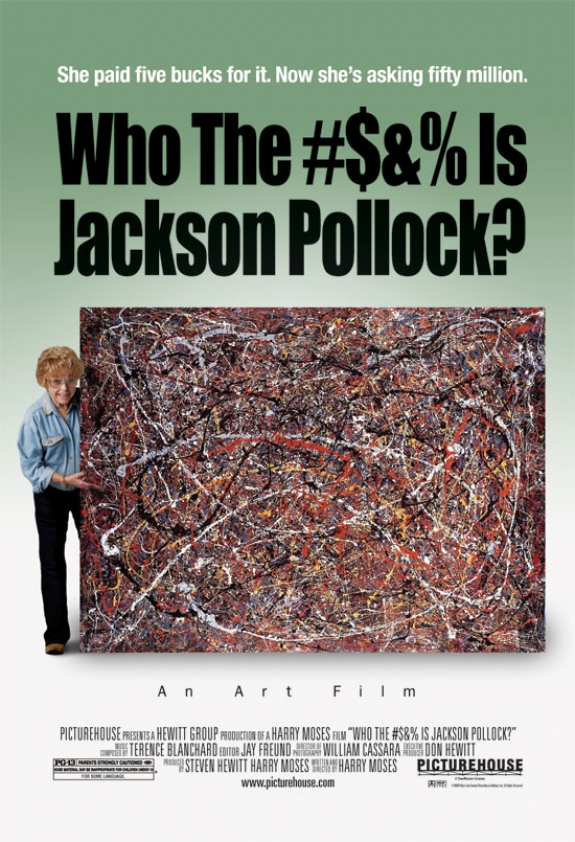A Canadian art authenticator claims The New Yorker magazine defamed him in a long investigative article: "The Mark of a Masterpiece: The man who keeps finding famous fingerprints on uncelebrated works of art."
Peter Paul Biro calls the article a "false and defamatory screed ... written and published with malice and an indifference to the standards of responsible journalism."
Biro, the subject of the article in the July 5, 2010 issue, demands $2 million from Condé Nast and the article's author, David Grann, whom he identifies as a New Yorker staff writer.
David Remnick, editor for The New Yorker, scoffed at the allegations.
"David Grann's reporting on this story and everything else he does is painstaking in both its attention to the facts and tone," Remnick said in a statement. "We stand with David Grann and behind the story and believe the suit has no merit."
Biro also sued Dan's Papers, Manhattan Media and Dan Rattiner, who he says "wrote and published an article in response to the [New Yorker] article, repeated many of the same defamatory statements as are contained therein, and also added some of their own."
Biro, of Montreal, claims to have pioneered a method of authenticating paintings through fingerprint analysis. "He is by profession a forensic scientist, specializing in the use of fingerprint technology to assist in the resolution of issues of authenticity in works of art," Biro says in his 31-page federal complaint. "He trained and practiced as a conservator, but some years ago began to study artists' fingerprints, and in particular on [sic] a painting which was possibly by J.M.W. Turner.
"Plaintiff discovered a fingerprint on the painting, and this led him to question whether traditional methods for attribution of works of art could be supplemented by more scientific means. By comparing the fingerprint found in the painting to another he found in a known Turner work, he provided strong evidence that the painting was an authentic Turner. The finding was corroborated by established fingerprint experts at the time.
"Since then plaintiff has continued to evolve his methodology and documented fingerprints from the works of other noted artists. As a leading authority in this emerging field, plaintiff's services have been retained in a number of challenging authentication studies for collections and private clients worldwide," the complaint states.
Biro says Grann's 16,000-word article, "purports to be an in-depth study of the science of forensic examination of art works, and of the use of fingerprint technology to advance that science." But, Biro says, "It is nothing of the sort, but rather a false and defamatory screed against plaintiff, written and published with malice and an indifference to the standards of responsible journalism.
"The article relies to a significant extent on anonymous sources, many of whom are no longer alive, and repeats defamatory statements made by those sources.



